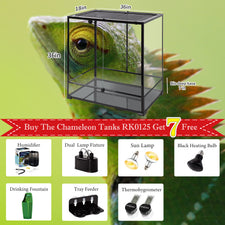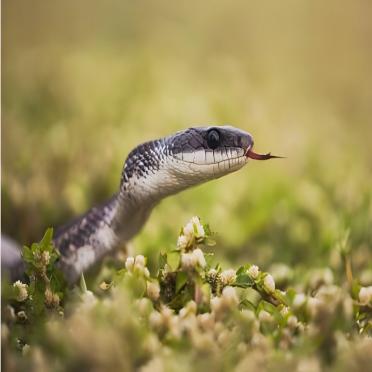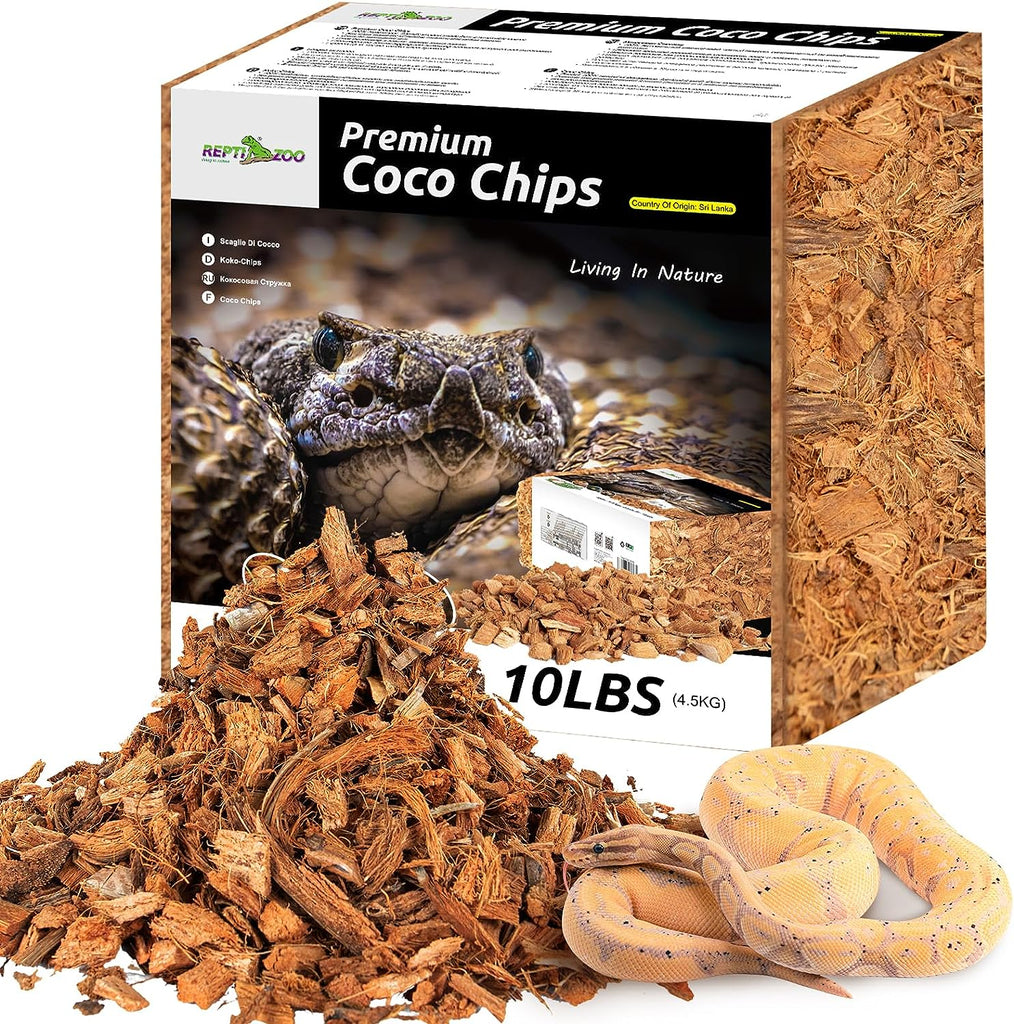The Texas rat snakes are present throughout the states of Texas and Louisiana. They are the most abundant snakes in the whole region and are found in rafters, lofts, sheds, and old buildings. With their muscular body and different color patterns, they are not only a great predator but also master of camouflage. They play a great role in controlling the rodent population and are very important supporters of landowners and farmers. No doubt they have enormous size but they are generally harmless to humans and famous for their docile nature. This blog will discuss also the fascinating facts related to the world of Texas rat snakes and how you can take good care of these snakes.
Texas Rat Snakes Appearance
Texas rat snakes have different colors depending on the area they are living. Those of the snakes living in central Texas are yellow in color and the snakes living in eastern Texas are more grey. They have orange or red skin beneath their scales, and their belly and heads are light in color usually grey or white.
However, you can now find these snakes in morph varieties. Leucistic, Albino, and scaleless are among the three popular varieties. At birth or in the juvenile stage these Texas rat snakes are around 12 to 15 inches in size and both males and females can reach up to human height around five to six feet.
They have slender long and wedge-shaped heads like the other nonvenomous snakes and they have round-shaped pupils. Normally they stay lean throughout their life but if you feel that they are getting thick and broad then they are getting obese.
Snakes living in captivity are more at risk of obesity. To avoid this problem owner should take extra care to monitor their diet and activity.
Life Span of Texas Rat Snakes
The Texas rat snakes lives to the age of 12 to 15 years and some individual snakes may live up to 20 years in captivity.

Texas Rat Snakes’ Enclosure
Rat snakes have slender bodies so many owners think that they are small but they are not, so always select an enclosure in which they can fully stretch, climb, and explore. The reason behind this is that they are long and very active snakes. So the minimum size you need to keep an adult Texas snake is the 48-inch length, 24-inch width, and 24-inch height. This size is the minimum that is recommended and getting the enclosure bigger than this will be beneficial for these snakes.
Never try to keep multiple rat snakes together in one enclosure as they are not social and it will put a lot of stress on these snakes.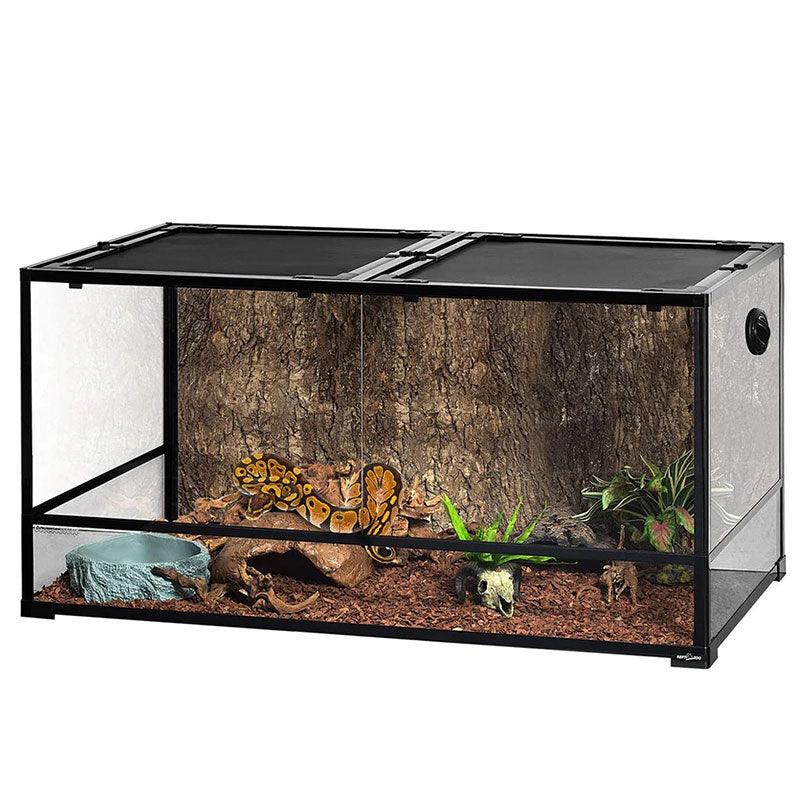
Substrate
These snakes need a thick layer of substrate to use as a burrowing medium and to provide cushion to their bodies. Usually, a 2 to 4-inch layer of substrate will work fine and also make the enclosure more attractive. Ideally, their substrate should be like what they usually get in the wild ‘soil’ as it can hold the moisture well. Substrate should be changed every 3 to 4 months and poop and urates should be removed daily along with other contaminations.
Decorations
It will be not good for a Texas rat snake to get stuck in a boring enclosure that has nothing more than just the substrate. The enclosure must have some hiding spaces and a water bowl. If you do not put the right things in the enclosure your pet will not be interested in living in it.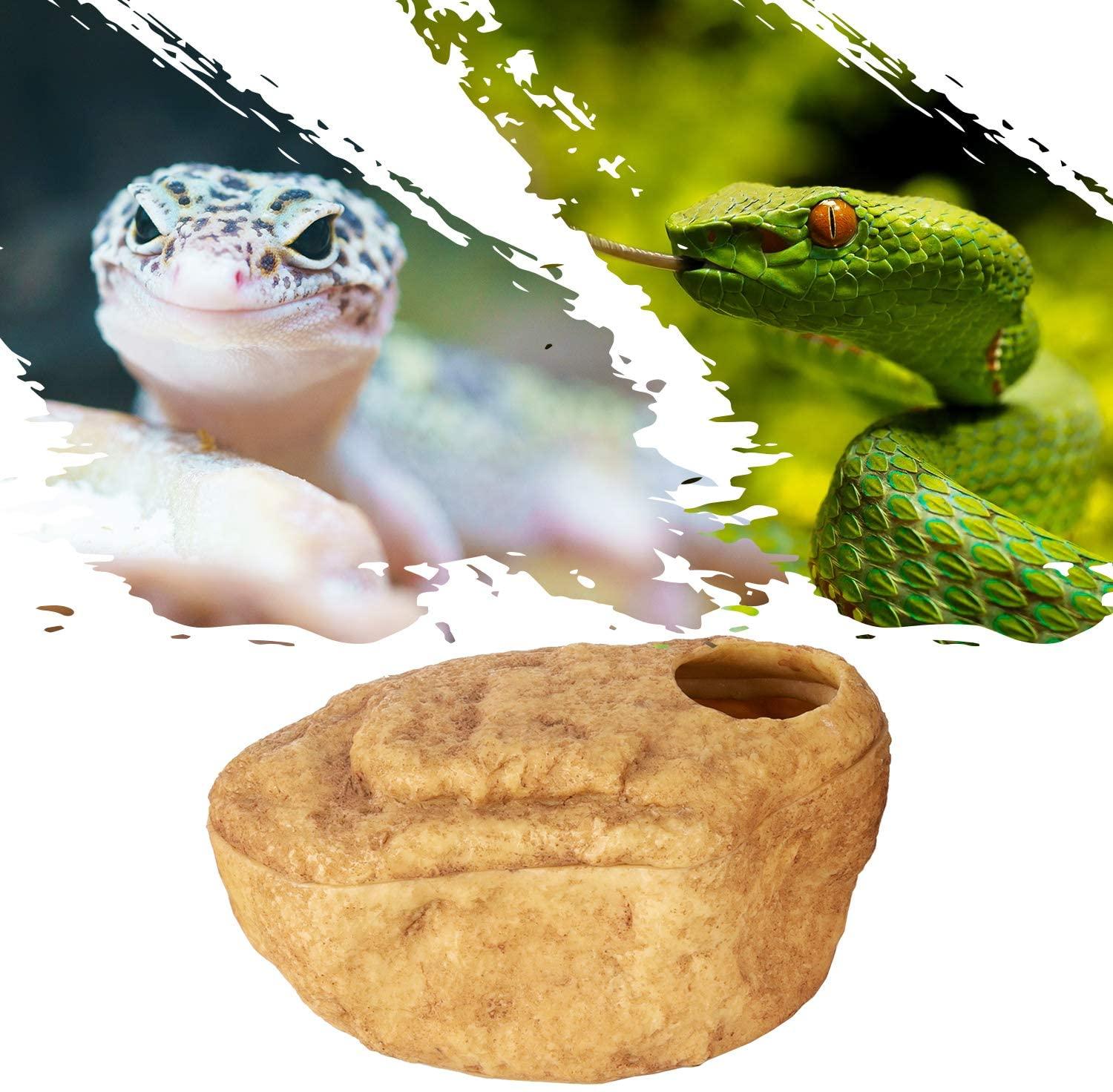
Other than hiding places you will also need some sturdy branches for the Texas rat snake to enjoy climbing and some greenery to provide cover.
Lighting
Texas rat snakes move during the daytime, so you have to give them a lot of daylight to keep them in good mental health. Although they can live without UVB lighting, it's important to include it as a part of their routine as it has a lot of benefits. Being a reptile keeper the main aim is not to keep your pet alive but to give them everything that helps them live a great life. There is also scientific evidence that UVB light is very beneficial for rat snakes.
In case you have an enclosure with a mesh top, then install the UVB on the top side of the enclosure. You can also install a mesh lamp guard so your snake will not come in direct with the bulb. When you are making the basking surface make sure it is 11 to 13 inches below the lamp.
Heating
Your rat snakes are reptiles, so they will need different temperatures in the enclosure where they can regulate their body temperature according to their need. Those area that have more heat will boost their metabolism and help boost activities like healing and digestion. Cool areas will slow their activities, and metabolism but provide them rest and help in energy conservation.
The temperature of the rat snake basking area should be 86°F, and the temperature on the cooler side should be 75°F. You can create the basking area by placing the branch or a platform below the reptile lamp
Most of the rat snake owners will also recommend using the heat pads as their main source of heat but unfortunately, pads don’t work well in different setups. Instead, you can heat bulbs or heat lamps. You can also use a dimming thermostat so you can control the heat whenever you want.
In order to keep an eye on the temperature in the snake enclosure place a digital probe in the basking area and the other one in the cooler area on the floor.
Humidity
Your rat snake needs fresh and clean water all the time. Provide a water dish in the enclosure and it should be large enough so our snake can soak in it and heavy so that he can’t knock it over. The humidity requirement of Texas rat snakes is between 30 to 60% and they will not need extra humidity until they start shedding. The usual signs of shedding are cloudy eyes, dull scales, and reclusive behavior. During the time of shedding provide your snake with a high humidity box and fill it with a damp moss or paper towel to keep it moist.
Texas Rat Snakes’ Diet
As their name indicates Texas rat snakes are mostly fed rats and mice. The adult should be fed once a week and the rats are their main source of food. If you feel that your snake doesn’t feel interested in eating rats try switching to other food.
Young hatchlings and juveniles need more food and should be fed two times a week as they are in the growing phase. The rats should be fed them so they grow larger. There is availability of rodents in the market in both live and frozen form and each has its pros and cons.
Live rodents encourage your snake provide them with a heartier appetite and make them feel closer to nature in the wild. Although they feel good when hunting and eating live rodents there is always a risk in this approach and your snake can get hurt. There is another way of feeding frozen rodents to your Texas rat snakes but there is a little hard work in that like you have to thaw the frozen rodent before feeding. But the good thing is that there is no risk in feeding frozen rats and mice. To make the snake more palatable heat it up a little so that it reaches closer to body temperature.
The process of feeding is to hold the rat and wiggle it around so your snake feels that it is alive. This will not only attract the snake and they will immediately start eating. If you have a picky eater try dipping the rodents in salmon juice or tuna before feeding. However, don’t do this too often as your snake will become dependent on it.
Most owners like to feed their Texas rat snakes different things as they do in the wild, for example, eggs, birds, and lizards. A change in the diet of your snake is better for their health and they feel more enthusiastic to eat but some Texas rat snakes don’t like change in their feeding patterns so be careful for such snakes. Another important thing is that your Texas rat snakes are carnivores so try to feed them vegies and fruits.
When you will feed them they will strike at it and constrict it. However, when digesting food you will see a normal bulge but it should be gone after 12 hours. If you still find their stomach distended or if they regurgitate their food it means the food is not right or they are not feeling safe while eating food. In such circumstances examine the food and also keep an eye on the behavior of your snake and make sure to not feed them for the next 24 hours. If the problem continues consult your veterinarian.
Handling and Temperament
These snakes show defensive behavior when they are in their enclosure and they will open their mouth and rattle their tail at everything they feel as a threat. Sometimes they even try to bite although they don’t have large teeth or venom. Some will get feisty when handled and especially hatchling they will try to bite when touched.
Try not to handle your rat snake when shedding and after they eat their meal. If your snake is angry try not to reach from the front instead reach from behind whenever possible and don’t make any sudden motions when holding them as it will make them feel unsafe. When the snake is moving out of your hand reach them one side instead to grab them completely. If you squeeze the rat snake when he is nervous he will lash out and sometime become very dangerous.
If you are buying a captive-bred rat snake there is no guarantee that he will be docile because each snake has its personality. However, with regular handling, you can calm down rat snakes.
Health issues
If you know what a healthy snake looks like you can easily find any health issue in Texas rat snake. A healthy rat snake must have clear eyes, mouth, and nose. They move around actively eat regularly in good health. If you find any discharge or bubble around the eyes or nose or their skin is wrinkled it is a sign of a problem and you should start investigating.
Respiratory and fungal infections are very common problems in Texas rat snakes. If they are breathing with open mouth and wheezing it is a sign that something is wrong. If the skin is discolored it is also a sign of infection. Sometimes your snake can get a wound in the mouth and it will develop into stomatitis if infected with bacteria. If you find that your snake is suffering from any health problem then it's best to consult a veterinarian.
Availability
Texas rat snakes can be easily found in their native region and can be collected from these areas and kept as captive snakes but it is very difficult for them to adjust. On the other hand, a captive individual will be more likely to adapt and there are fewer chances of any parasites in them. If you give these snakes proper habitat, care, and husbandry this animal can live a long and healthy life. You can also easily purchase them from online reptile shops and certified pet shops.
Conclusion
The Texas rat snake, because of their presence in the area plays an important role in keeping the ecological balance. These snakes are often considered very dangerous and venomous but they are not instead they are non-venomous and play a great role in controlling the population of rodents. You have to just understand the nature of these snakes to keep them happy and healthy.








